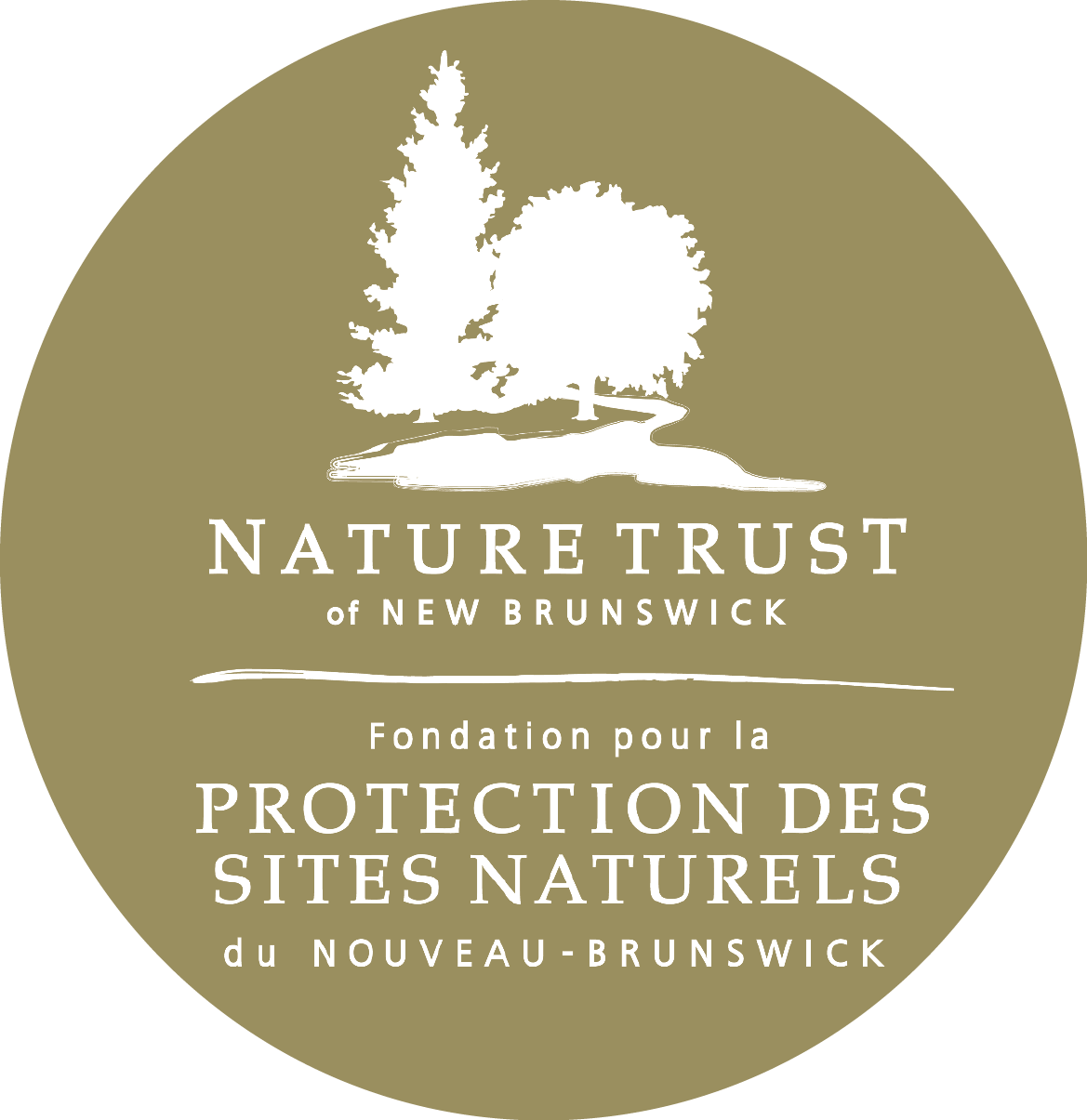Overview
The Keiko & Errol Nature Preserve on Ross Island contains 372.9 hectares (921.5 acres) of rocky shoreline, rich coastal forest and essential wetland, located off Ingalls Head, Grand Manan Island in the Bay of Fundy. Ross Island contains critical habitat listed by the Habitat Conservation Strategy for the Bay of Fundy, and is part of the Flagg Cove and Whale Cove Ecologically and Biologically Significant Area (EBSA) due to the cluster of benthic organisms around the southeast of the island.
The preserve is home to important Species at Risk in New Brunswick that the Nature Trust is honoured to protect.
History
The Keiko & Errol Nature Preserve on Ross Island is located within traditional Wabanaki territory and holds significance to many Nations including the Peskotomuhkati people. Residents of Grand Manan have treasured the cultural and ecological significance of the island for generations.
As part of one of the Nature Trust’s most significant conservation campaigns to date with the generous support of hundreds of local donors and funders like the MapleCross Foundation, the Nature Trust was able to protect the Keiko & Errol Nature Preserve on Ross Island in 2021.
In 1784, this island was settled by Europeans including Thomas Ross, John Jones, Thomas Oxnard, Peter Jones, and Moses Gerrish. They named the island for Ross, who was a sea captain. In 1878 the first permanent structure was built: the Grand Harbour Lighthouse. It remained in operation until August 1, 1963, when it was decommissioned in favour of the Ingalls Head lighthouse. The Ross Island lighthouse collapsed in November 2013.
The Nature Trust is proud to protect this incredible piece of New Brunswick’s natural heritage, forever.
Ecology
The Keiko & Errol Nature Preserve on Ross Island is part of the Flagg Cove and Whale Cove Ecologically and Biologically Significant Area (ESBA), with essential habitats listed under the Habitat Conservation Strategy for the Bay of Fundy found across the property. The island contains freshwater wetland areas including bogs, fens, marshes, swales and swamps. These habitats are home to several rare and uncommon plant species such as seaside ragwort (Senecio pseudoarnica), ghost antler lichen (Pseudevernia cladonia), and estuary sedge (Carex recta).
The abundance and diversity of benthic organisms around the southeast of the island, coupled with the strong upwellings of the Bay of Fundy, make this nature preserve a stunning region of high marine productivity and ecological value.
The Keiko & Errol Nature Preserve on Ross Island is also part of the Grand Manan Archipelago Important Bird Area. Rare bird species like red-breasted merganser (Mergus serrator), great cormorant (Phalacrocorax carbo), red knot (Calidris canutus) and semipalmated sandpiper (Calidris pusilla) have been observed.
The rocky shores of Ross Island act as a nursery for fish and crustaceans, and the salt marshes found on the island provide essential spawning grounds and stop-over sites for migratory birds.
Access and Activities
Located next to Grand Manan, the Keiko & Errol Nature Preserve on Ross Island can be accessed during low tide (approximately 2.5 hours before and after high tide). There are two places to cross:
1. Thoroughfare Road: follow the NB-776 south for 12 km from the ferry terminal, turning left onto Thoroughfare Road at Grand Harbour. Continue on Thoroughfare Road and cross the thoroughfare (waterway) at low tide.
2. Shore Road: follow the NB-776 south for 9 km from the ferry terminal. Just past Woodwards Cove, turn left onto Shore Road and follow it to the end. There is a fishing operation, so park where your car will not be in the way. If the tide is low, you’ll see a cement bridge crossing the thoroughfare (waterway) which you can cross on foot at low tide, to the grassy gravel bar on the other side.
WARNING! Though you can access Ross Island at low tide by foot or 4x4 from Grand Manan Island, use caution and consult tidal charts before your trip. The tide rises swiftly and there are no ferry services.
The preserve is available for hiking, paddling, wildlife viewing, picnicking, and sightseeing. No camping, campfires, or motorized vehicles off of the roads are permitted. Leashed dogs are welcome.
*The property is undeveloped and there are a variety of hazards and risks associated with accessing this preserve. While this nature preserve is open for public access, visitors must assume responsibility for their own actions and safety and are to use the land at their own risk.



